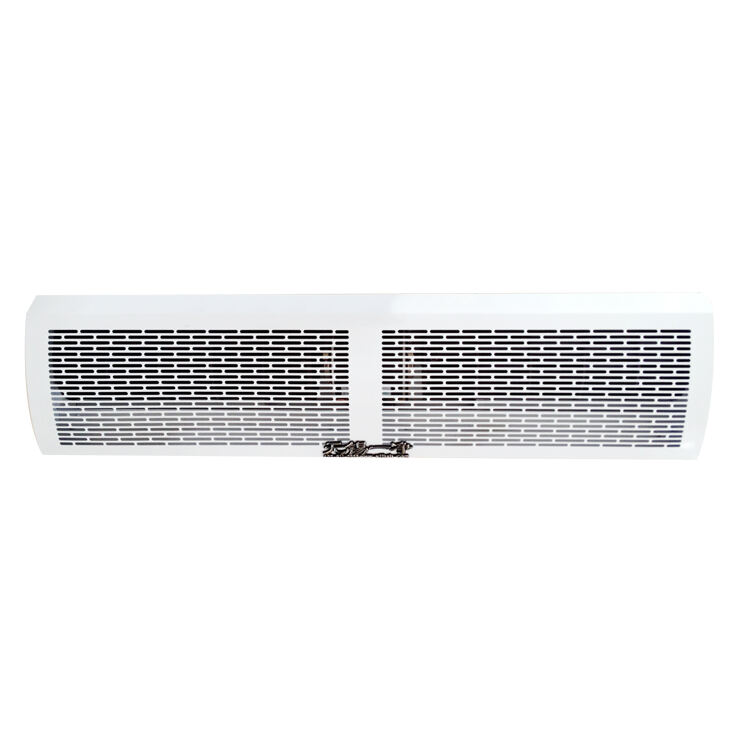air curtains for restaurants
Air curtains for restaurants represent a crucial investment in both energy efficiency and customer comfort. These sophisticated devices create an invisible barrier of controlled airflow that effectively separates different environmental zones without the need for physical barriers. When installed above doorways or service windows, they maintain interior temperatures by preventing the infiltration of outside air, dust, and insects while allowing seamless traffic flow. Modern restaurant air curtains incorporate advanced technology, including variable speed motors, adjustable air velocity controls, and smart sensors that automatically adjust performance based on door activity and environmental conditions. These units are designed to operate quietly, making them ideal for dining establishments where ambient noise must be minimized. The technology works by creating a precise, high-velocity air stream that can span doorways up to 16 feet wide, effectively maintaining temperature differentials of up to 15 degrees Fahrenheit. Additionally, these systems integrate seamlessly with HVAC systems, enhancing overall climate control efficiency. Air curtains also contribute significantly to food safety protocols by preventing flying insects from entering food preparation and serving areas, while their sleek, modern designs complement contemporary restaurant aesthetics.


